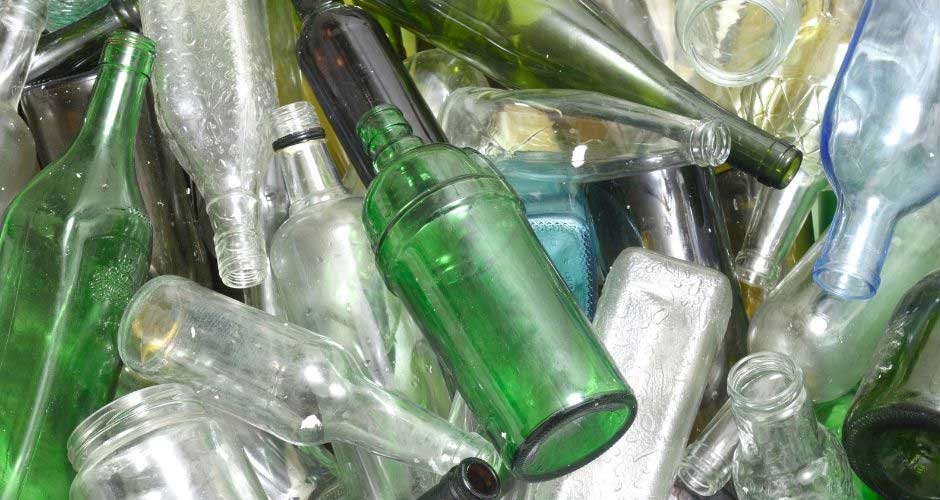People often see recycling glass as a straightforward and beneficial practice, yet many myths and misconceptions cloud the understanding of its impact. As environmental awareness grows, so does the need for accurate information about recycling practices. Misunderstandings about glass recycling can lead to improper disposal, ultimately undermining sustainability efforts. This article aims to dispel six prevalent myths surrounding glass recycling, shedding light on the truth behind each one. Addressing these misconceptions can encourage more people to participate in recycling efforts and contribute to a greener future. Understanding the realities of glass recycling is essential for individuals and communities striving to reduce waste.
Myth: All Glass Is Recyclable
Many people believe you can recycle all types of glass, but this is only partially true. While clear, green, and brown glass containers are commonly accepted at recycling centers, other types, like window glass, mirrors, and light bulbs, typically are not recyclable in the same way. These non-recyclable glass products often have different chemical compositions and may not withstand recycling. Additionally, materials like tempered glass cannot be reprocessed easily due to their strength and the processes used in their manufacturing. Recycling centers usually have strict guidelines about the types of glass they accept. Understanding these differences can help individuals sort their recyclables correctly and avoid contamination in the recycling stream.
Myth: Glass Recycling Uses More Energy Than It Saves
Some individuals argue that recycling glass consumes more energy than producing new glass, which is a misconception. Recycling glass requires significantly less energy than making new glass from raw materials. Studies have shown that recycling glass can save up to 30% of the energy needed for new production. Using recycled glass, or cullet, in manufacturing requires less heat, leading to lower emissions and a reduced carbon footprint. Moreover, recycling glass conserves natural resources by decreasing the demand for raw materials. The energy savings and environmental benefits make glass recycling a worthwhile endeavor.
Myth: Recycling Glass Is a One-Time Effort
A common misconception is that once glass is recycled, it cannot be recycled again. Glass is 100% recyclable and can be recycled endlessly without losing quality or purity. Each time glass is recycled, it can be transformed into new glass products, making it one of the most sustainable materials available. This endless recyclability is a significant advantage that helps reduce landfill waste and the need for new raw materials. Many products, such as new glass bottles and jars, are made from previously recycled glass. Understanding that glass can be recycled repeatedly encourages more people to participate in recycling programs.
Myth: You Need to Rinse Glass Containers Before Recycling
While some believe rinsing glass containers before recycling is mandatory, this is only sometimes necessary. While removing large food residues is helpful, thoroughly rinsing glass can waste water and energy. Many recycling facilities have systems in place to clean and process glass before it is recycled, allowing for some food residue. However, it is essential to ensure containers are free of significant contaminants, such as grease or oils, which can complicate recycling. Striking a balance between cleanliness and resource conservation is vital for effective recycling. Understanding these nuances can help individuals recycle more efficiently without unnecessary water use.
Myth: Color Does Not Matter in Glass Recycling
Another prevalent myth is that the color of glass does not impact its recyclability. The color of glass plays a crucial role in the recycling process, as different colors have varying market values and uses. Clear glass is often in higher demand for recycling because it can be made into new products more easily than colored glass. Colored glass may also require additional processing to achieve the desired quality for new products. Moreover, mixing different glass colors can lead to lower-quality recycled glass, which may limit its potential uses. Being mindful of color can enhance glass recycling efficiency and improve the final product quality.
Myth: Glass Recycling Is No Longer Necessary
Some people believe that recycling glass is no longer necessary due to the abundance of natural resources available. However, this dangerous misconception can lead to increased waste and environmental harm. The extraction of raw materials for new glass production has significant environmental impacts, including habitat destruction and increased greenhouse gas emissions. Recycling glass conserves these valuable resources and reduces energy consumption. Additionally, as landfills continue to fill up, recycling becomes essential for waste management and sustainability. Recognizing the importance of glass recycling is vital for fostering a culture of environmental responsibility.
Conclusion
Addressing myths about glass recycling is essential for promoting sustainable practices and encouraging more people to participate in recycling programs. By debunking these misconceptions, we can better understand the benefits of recycling glass and its role in preserving the environment. The truths surrounding glass recycling reveal its energy efficiency, endless recyclability, and the importance of proper disposal methods. It is crucial to share accurate information to inspire positive action and community engagement. As individuals, we have the power to contribute to a cleaner planet by making informed choices about recycling glass. Together, we can dispel these myths and promote a more sustainable future for future generations.


